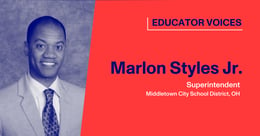
Why Orange County Is Ready for the Future of Education
Known by most for its picturesque vistas, California's Orange County is beginning to develop an impressive reputation for its public school districts that are setting themselves apart as global leaders. With the educational landscape constantly evolving, it's crucial that these community dependent institutions stay at the forefront of progress to allow students to succeed both now, and for the rest of their lives.
Over the past few months, we had a chance to sit down with some top administrators from a number of different Orange County school districts and spoke, often for hours, about the mindsets and initiatives that make their districts successful.
We heard countless ideas, anecdotes and everything in between, but we have done our best to boil it down to three key rules for success. These "rules", mentioned by all of the admins seem to be key ingredients in the secret sauce that these public school districts are cooking up and certainly gave us a window into Why Orange County, California, Is Ready For the Future of Education.
Rule #1: Always Be Preparing Students for the Future
In our information-rich society, it's becoming widely understood that fact retention is no longer as vital a part of students’ learning. With so much information constantly at their fingertips, such instruction feels obsolete to students, and according to the folks sitting at the top of leading OC districts, they are not wrong to be feeling this way.
While we may not necessarily know what careers will be prevalent for these students throughout their adult lives, the ways in which we are preparing them is certainly shifting. It has become clear that there is far more benefit to offering instruction revolving around creativity, problem-solving, and collaboration rather than simply asking pupils to memorize dates and names.
Someone who knows this first hand is Norma Martinez, the Superintendent of Centralia Elementary School District, who is a big believer in investing in education as a way to open pathways and opportunities for members of society. Martinez also believes that we are currently living and working in a historically exciting time for education, a time where we are in charge of changing the true definition of what education really means. Not a small task, but one that Martinez and her team at Centralia are willing to work on. Martinez spoke about how she and Centralia ESD aim to prepare students, saying:
"How do we prepare them for jobs that we don't know will be in the future, right? So it's about teaching kids those soft skills like fluidity, resilience, adaptability. Of course, we're going to teach you how to read, how to write, how to do that basic math. But how do you teach kids to be resourceful so that they can get to that next level?"
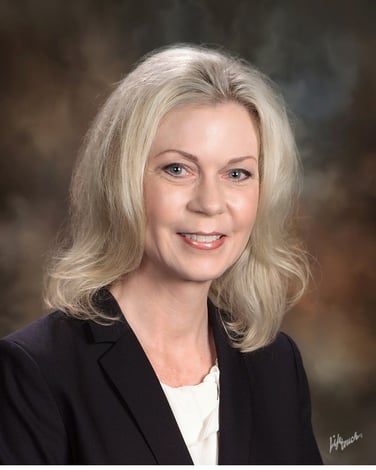
Anne Silavs, Superintendent of Cypress School District
Just a few sunshine filled miles down the road, Anne Silavs, Superintendent of Cypress School District, shares similar sentiments and goals for her district. A proud district leader and community member, Silavs understands that education must be so much more than memorization and regurgitation and must teach everyone to be creative, critical thinkers. She shared some insights on her pedagogical philosophy here:
To me, what's really important is to teach [students] the skills necessary to be able to go into an uncertain environment and use their critical thinking and communication skills. It's important to focus on the “soft skills”, that in reality are the critical skills we actually need, like the capacity to work collaboratively and use active listening.
For Silavs, Martinez and many others, it is clear that there is growing emphasis on truly preparing students for their futures - whatever those may end up looking like.
Rule #2: always be supporting equitable learning
Supporting students is both about making sure that motivated students can thrive, as well as helping less naturally involved students find things they care about and can grab onto as their own connection to their education. When we had a chance to sit down with Grant Litfin, Assistant Superintendent at Tustin Unified School District, a key point that he spoke about was providing the tools for students to take ownership of their learning, including making sure that all students have access to basic educational resources that many of us take for granted. For Liftin and his team at TUSD, the notion of equity and access is behind every decision they make and he believes that this is the way that it needs to be if we, as a society, are going to evolve.
Students are intelligent and intuitive, by providing them with a variety of tools and supports these districts are investing in their students' opportunity to personalize their education to their passions, and excel at them. Litfin spoke about some of the initiatives he and his team currently have in the place to further educational equity and access at Tustin USD:
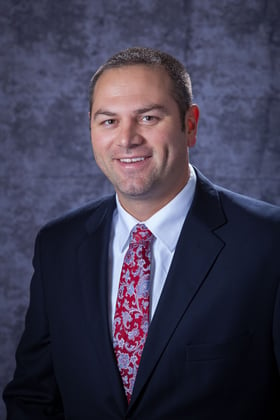
Grant Litfin, Assistant Superintendent at Tustin Unified School District
"One of the saddest things to see is to watch kids who are so hungry to change their opportunities in life that they are willing to sit in the pitch black in a middle school campus at 11:30 PM, just so they can do their homework. We are excited to be using our Measure S Tech Bond to further equity at the district by giving all kids access to a cutting edge device for school and personal use. We are also exploring several ways to leverage our network infrastructure and devices so that students can access our school's network at home. All of these efforts are aimed at closing homework and achievement gaps."
Superintendent of Fullerton School District, Robert Pletka, also spoke on the importance of supporting different given levels of opportunities and resources. For Pletka, it is the responsibility of schools and districts to provide students with tools (both tangible and non tangible) that allow them to access as many learning opportunities as possible.
Pletka is one of the people behind the iPad program at the district, but for him, these tablets represent more than a cool device, they represent opportunity and a more level playing field. Pletka said the following to us:
"Every single fifth to eighth grader receive an iPad that they not only use in school, but they can take home. That's an important piece if we talk about kids strengths. So if you love filmmaking there might not be an opportunity in a given day to do that. But if we arm you with an iPad, and software and camera, now you can go home and you can continue learning."
Pletka and Litfin are not alone, as the importance of considering equity and access is growing quickly in the public education system across North America.
Rule #3: always be Supporting Educators:
In recent years, more and more teachers than ever are burning out, especially those early in their careers. Of course, this is partially to do with workload; the late nights of marking, staying late to help a struggling student, or even helping with a club that needs a teacher. But the administrators we spoke to made it clear, while teachers need tools to help with their workload, one of the best ways to support teachers is to listen to and empower them. Making teacher input and collaboration a priority goes a long way in strengthening a district as you begin to build a community where each and every person feels a sense of ownership towards the collective whole.
Sylvia Kaufman, Assistant Superintendent of Fullerton Joint Union High SD, has worked at every level of her district and understands that no part of the system works as a standalone. Kaufman relies on her experience as a classroom educator, attendance specialist and administrator when designing plans for the district at the highest level. She described to us the importance of considering "teacher buy-in" when looking at new tools and initiatives and for her, it all comes down to trust and ownership:
"When considering new tools I really believe in relying on the expertise of our teachers. Yeah, they know best. They're the ones that need to feel ownership, if they do then this is what's going to work. They're right there at the forefront, they know what's happening."
Cassie Parham, Assistant Superintendent of Irvine Unified School District, shared similar feelings about ensuring that educators within the district feel supported and represented. For Parham, educational equity is not a concept solely for the students, but for the entire district community:
For Irvine, equity starts with Professional Learning Communities. It is a proven vehicle for ensuring high-quality instruction for students. We have to do everything we can to create the time for teachers to be able to collaborate, and we have to create the mechanisms to give them the data that they need. We need to give them the flexibility to shift lessons and move the curriculum around.
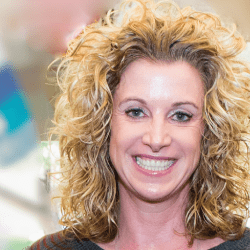
Cassie Parham, Assistant Superintendent of Irvine Unified School District
This type of thinking at the highest levels of the district have no doubt had a positive impact on the entire community at Irvine Unified School District. From our conversations with Parham, to our visits into the classrooms at the district, there is a palpable sentiment of inspiration and positivity. Parham explained to us that this comes from a commitment to adaptable and respectful leadership where the team making the "big decisions" always considers the ripple effects of what they are doing. From our visits, the results are clear.
Going Forward:
Being a progressive and effective district is easier said than done. But by emphasizing the need to prepare students for the future, support active learning, and support teachers, any educational institution can move towards a better environment for their students.
At Paper we have also internalized these ideas in order to be the best resource we can be. Our educators work through a Socratic teaching method, meaning students are being helped to truly understand a problem and use critical thinking to work through it, rather than memorizing one specific pathway that their teacher prefers. Support for students has always been a focus for us, we have seen that we can be a useful tool for levelling the playing field in academic support, as well as providing an amount of support for eager students that a teacher often cannot. Lastly, we make sure to get feedback from teachers at our partner schools as they interact with these students every day, in fact, our essay review function was developed through the direct input of teachers.
Building a better educational experience for tomorrow’s students is hard work, but we are excited to be a part of it. We hope you are too.

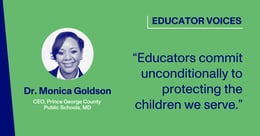
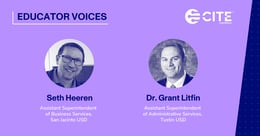
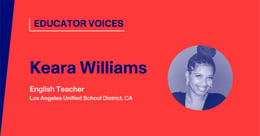
.jpg?width=260&height=136&name=Educator-Voices-Dr.-Susan-Enfield-1%20(1).jpg)

